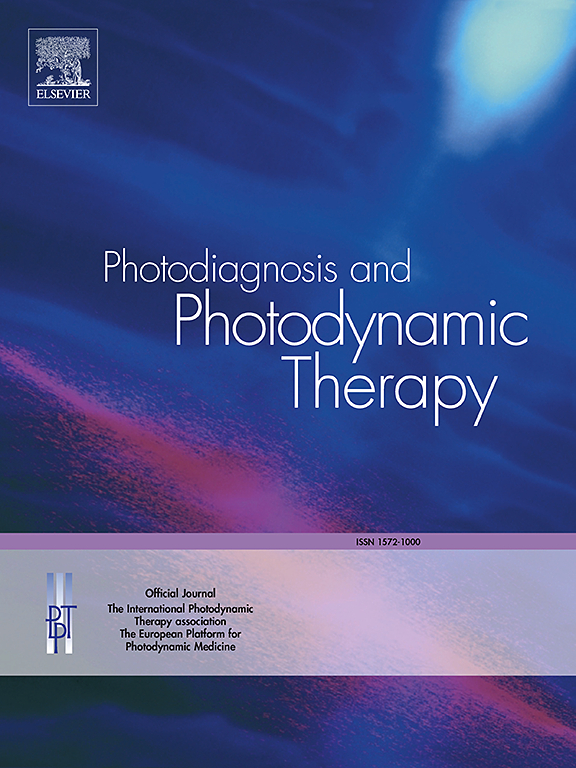近视患者周围视网膜变化和眼部参数:屈光手术前后的回顾性分析。
IF 2.6
3区 医学
Q2 ONCOLOGY
引用次数: 0
摘要
目的:探讨近视患者屈光手术前后视网膜周围的变化,并分析各种眼部参数。方法:回顾性分析116例患者139只眼行屈光手术,分为轻度、中度和高度近视组。患者也按周围视网膜病变严重程度分类:眼底正常、未治疗或治疗。接受治疗的患者在手术前接受视网膜疾病的预防性治疗。术前和术后资料,包括视力、屈光度、眼压、眼轴长、瞳孔直径、角膜断层扫描和眼底图像,分别于1天、6个月和12个月收集。结果:两组患者术前未矫正距离视力、眼轴长度(AL)和球面等效视力(SE)均存在显著差异,近视程度越高,未矫正距离视力(UDVA)越差,AL越长,但视网膜周围病变无显著差异。手术偏好不同:轻度组以激光辅助上皮下角膜磨除术(LASEK)最为常见(39.13%),中度组以小切口角膜磨除术(SMILE)最为常见(70.83%),高度组以飞秒激光辅助激光原位角膜磨除术(FS-LASIK)最为常见(66.67%)。术后结果稳定,随访期间未发现新的视网膜孔洞或脱离。结论:本研究证实高度近视与更差的UDVA和更长的AL相关,但挑战了高度近视一贯导致更严重的周围视网膜病变的观点。这些发现强调需要进一步的研究来阐明近视与视网膜并发症的关系,并完善治疗近视患者的临床指南。本文章由计算机程序翻译,如有差异,请以英文原文为准。
Peripheral retinal changes and ocular parameters in myopic patients: A Retrospective analysis pre- and post- refractive surgery
Objective
This study aimed to investigate peripheral retinal changes and analyze various ocular parameters in myopic patients both before and after undergoing refractive surgery.
Methods
This retrospective study analyzed 116 patients 139 eyes who underwent refractive surgery, divided into mild, moderate, and high myopia groups. Patients were also categorized by peripheral retinal lesion severity: normal fundus, untreated, or treated. Treated patients received preventive therapy for retinal diseases before surgery. Preoperative and postoperative data, including visual acuity, refraction, intraocular pressure, axial length, pupil diameter, corneal tomography, and fundus images, were collected at 1 day, 6 months, and 12 months.
Results
Significant differences in preoperative uncorrected distance visual acuity, axial length (AL), and spherical equivalent (SE) were found among the groups, with higher myopia associated with worse uncorrected distance visual acuity (UDVA) and longer AL. However, no significant differences in peripheral retinal lesions were observed. Surgical preferences varied: laser-assisted subepithelial keratomileusis (LASEK) was most common in the mild group 39.13 %, small incision lenticule extraction (SMILE) in the moderate group 70.83 %, and femtosecond laser assisted-laser in-situ keratomileusis (FS-LASIK) in the high myopia group 66.67 %. Postoperative outcomes were stable, with no new retinal holes or detachments noted during follow-up.
Conclusion
The study confirms that higher myopia correlates with worse UDVA and longer AL but challenges the notion that high myopia consistently leads to more severe peripheral retinal lesions. These findings emphasize the need for further research to clarify the myopia-retinal complication relationship and refine clinical guidelines for managing myopic patients.
求助全文
通过发布文献求助,成功后即可免费获取论文全文。
去求助
来源期刊

Photodiagnosis and Photodynamic Therapy
ONCOLOGY-
CiteScore
5.80
自引率
24.20%
发文量
509
审稿时长
50 days
期刊介绍:
Photodiagnosis and Photodynamic Therapy is an international journal for the dissemination of scientific knowledge and clinical developments of Photodiagnosis and Photodynamic Therapy in all medical specialties. The journal publishes original articles, review articles, case presentations, "how-to-do-it" articles, Letters to the Editor, short communications and relevant images with short descriptions. All submitted material is subject to a strict peer-review process.
 求助内容:
求助内容: 应助结果提醒方式:
应助结果提醒方式:


